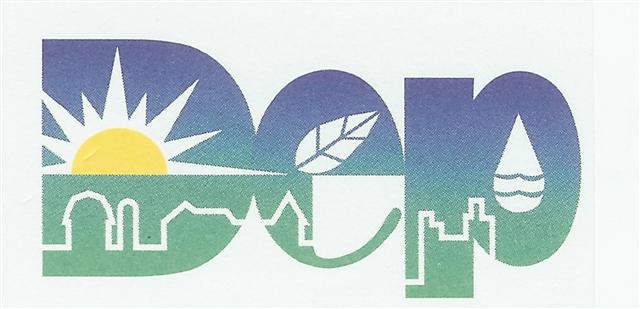Stormwater is inundating my yard and getting into my basement. Can I hold anyone responsible?
With the assistance of other professionals, lawyers experienced in handling stormwater management and other environmental matters can generally ascertain what the problem is, what causes it, and how it can be solved. While the immutable forces of gravity and weather are of course to "blame," typically some human activity is materially contributing to the problem. If so, those responsible may be held legally liable.
Judicial opinions often say that "water must flow as it is wont to flow," because it is "descendible by its very nature." The owner of higher ground has an easement in lower land for the discharge of all waters that naturally rise in or flow or fall upon the higher ground. Not only is an owner of higher land under no liability for damages to an owner of lower land caused by water which flows naturally from one level to another, but he can improve his land by regrading it or erecting buildings thereon, without legal responsibility for any consequent diversion of surface waters from his property to that of adjoining owners. This is the general rule.
But all general rules have exceptions. In determining whether some person can be held legally accountable, a careful factual investigation and legal analysis are usually required. For example, a property owner may be diverting stormwater from its natural channel onto another's land, unnecessarily increasing the volume and/or velocity of stormwater, or creating an artificial channel which collects and discharges stormwater in greatly increased quantities. These activities can give rise to liability. In such instances, it is necessary to evaluate whether a "legal injury" has occurred. Soil erosion or property damage resulting from flooding or increased stormwater constitutes a legal injury, as does interference with the right of a property owner "to reasonably use and enjoy his property" caused by stormwater.
How long the problem has existed, the frequency of the problem, and the amount of rainfall necessary to trigger it, are important factors. Also important is whether any new development on higher land has materially increased impervious coverage (e.g., parking lots, roof tops, new streets). It is possible that stormwater management systems have been constructed on higher land, which are exacerbating rather than alleviating the problem.
The question may also arise whether a local government is responsible. This raises additional questions and may depend on legislative "immunity" from liability. If a municipality is making street improvements or engaging in some other public works project after which a stormwater problem appears, there may very well be a basis for liability. On the other hand, if all a municipality has done is approve new land developments with stormwater management systems which prove inadequate, typically there is no liability on the part of the municipality. Under these circumstances, the municipality may be holding funds of the developer which can be used to correct or improve these systems.
Property owners experiencing stormwater problems are well-advised to contact counsel experienced in environmental matters.






